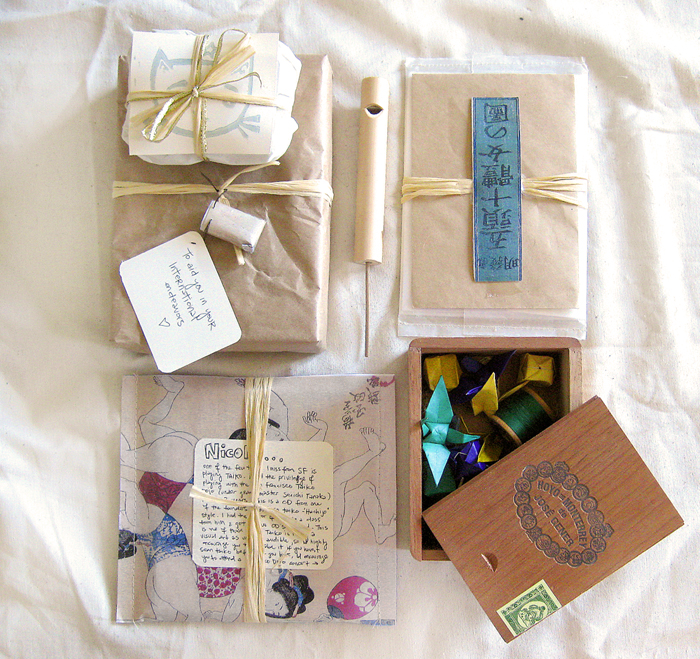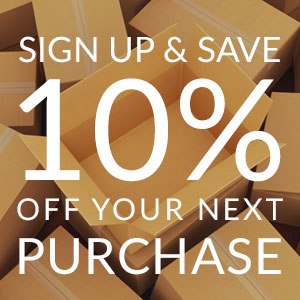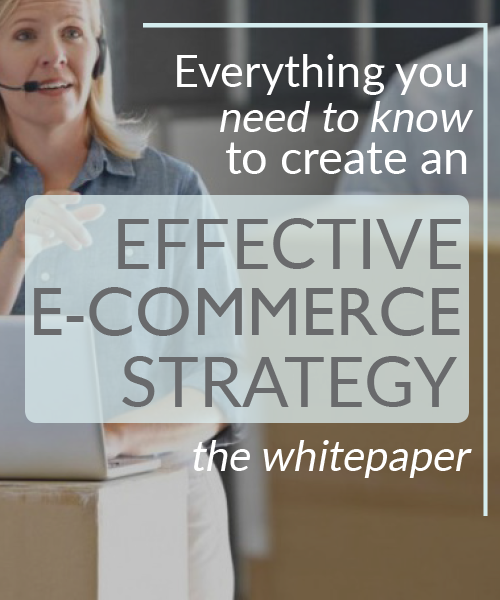Packaging is something that e-commerce retailers should become familiar with well before they get their first sale. In today’s digital age consumers are looking for more than just what they buy; they want an entire experience to go along with it, and secondary packaging is now a part of that. Where in the past, secondary packaging may have been a plain box with the main function of protecting the product before purchase and shipping, it is now the all-important first physical touch point with a brand.
Staying on Trend
Awareness about the impact of the unboxing experience is on the rise. Consumers are even creating videos where people are sharing their experience opening everything from cellphones to new shoes. A YouTube search result for ‘unboxing’ currently returns over 41 million results. If a company does a good job of packaging their product, this can be a great way to build their customer relationships and brand awareness. The growing expectation that secondary packing has to be unique and creative has begun to blur the lines between secondary and primary packaging. While secondary packaging still must protect the product, things like colorful logo stickers, colored boxes, envelopes or messages written on the side can mix it up and make for a special experience. Some packages even have unique ways to be opened, adding to the unboxing excitement. The more recognisable and exciting the packaging, the more likely the customer will be to want to share the experience of receiving their purchase.
From there the experience continues with the primary packaging, and the item itself. Presentation is key at this stage – upon opening the secondary package the primary should be carefully and uniquely displayed. What’s inside the box should match the outside in terms of creativity. While it’s great for the outer layer to be stand-out and interesting, if the product inside falls flat it may ruin the moment (and the viral video) for the customer. Integrating the two is beneficial to the brand and provides a kind of thrill to the customer as well. Something as simple as a personal ‘thank you’ card on top of or with the product can go a long way, which several companies are implementing already. This merging of two forms of packaging into one experience is making it harder to recognize the difference between primary and secondary. While secondary still needs to be functional, it now needs to be attractive and engaging as well.
Not Just For the Product Any More
What’s more, secondary packaging no longer only holds the primary package, but additional on-trend items as well. Beyond personalized notes some companies include free gifts or samples. All of these items need to be displayed in an attractive manner, which used to be the sole function of a primary package. Businesses need to know what trends the competition are using to be able to meet and maintain demands. While it may be costly, often the payout is worth the cost.
What were once two very separate, individual aspects of packaging have now merged together to make one nearly indistinguishable whole. Instead of simply having a package and its item within, the secondary packaging is now considered an integral part of the product and the overall ‘unboxing experience’. Businesses need to recognize this and integrate it into their company’s packaging if they wish to remain strong against the competition.




